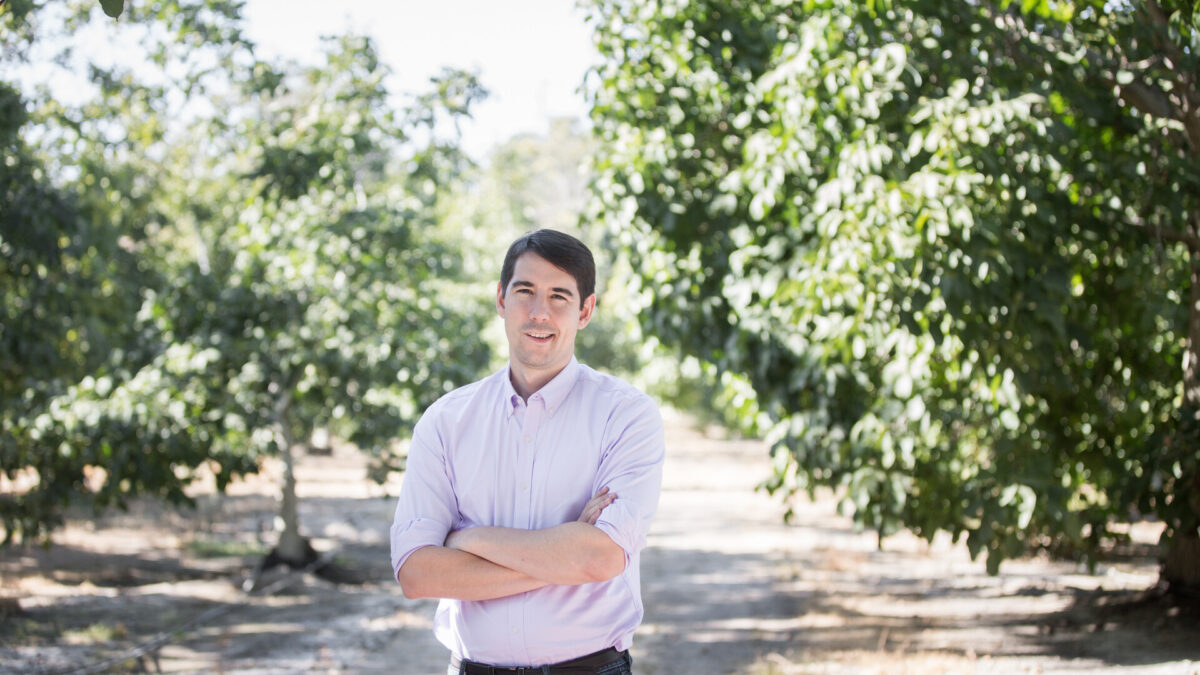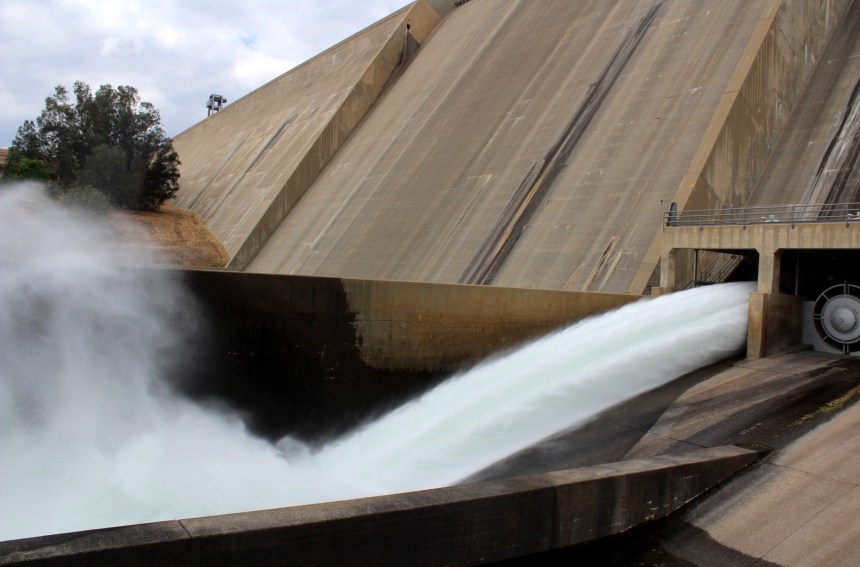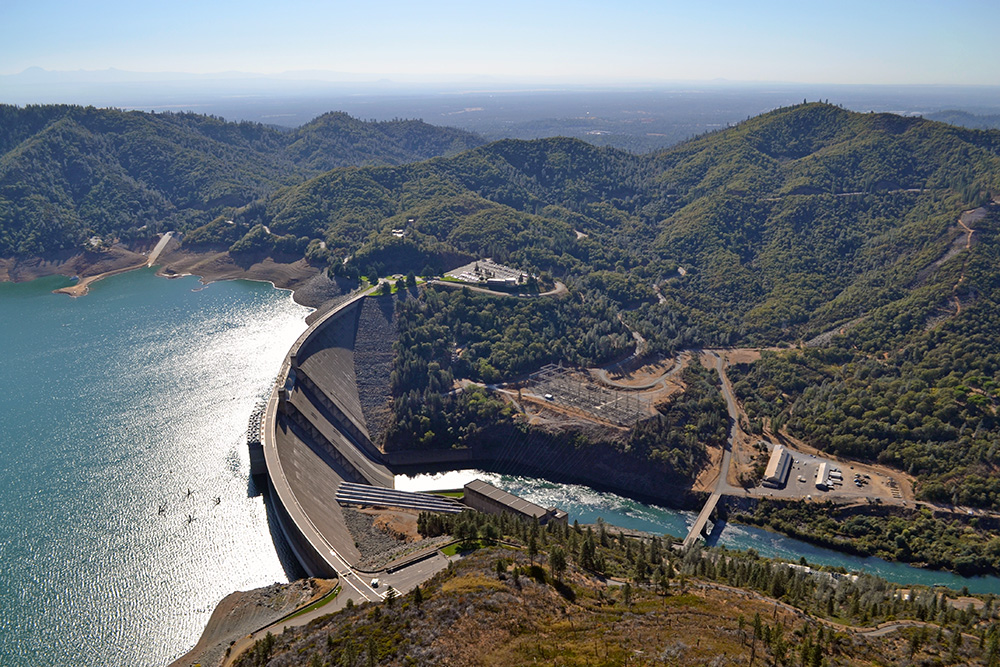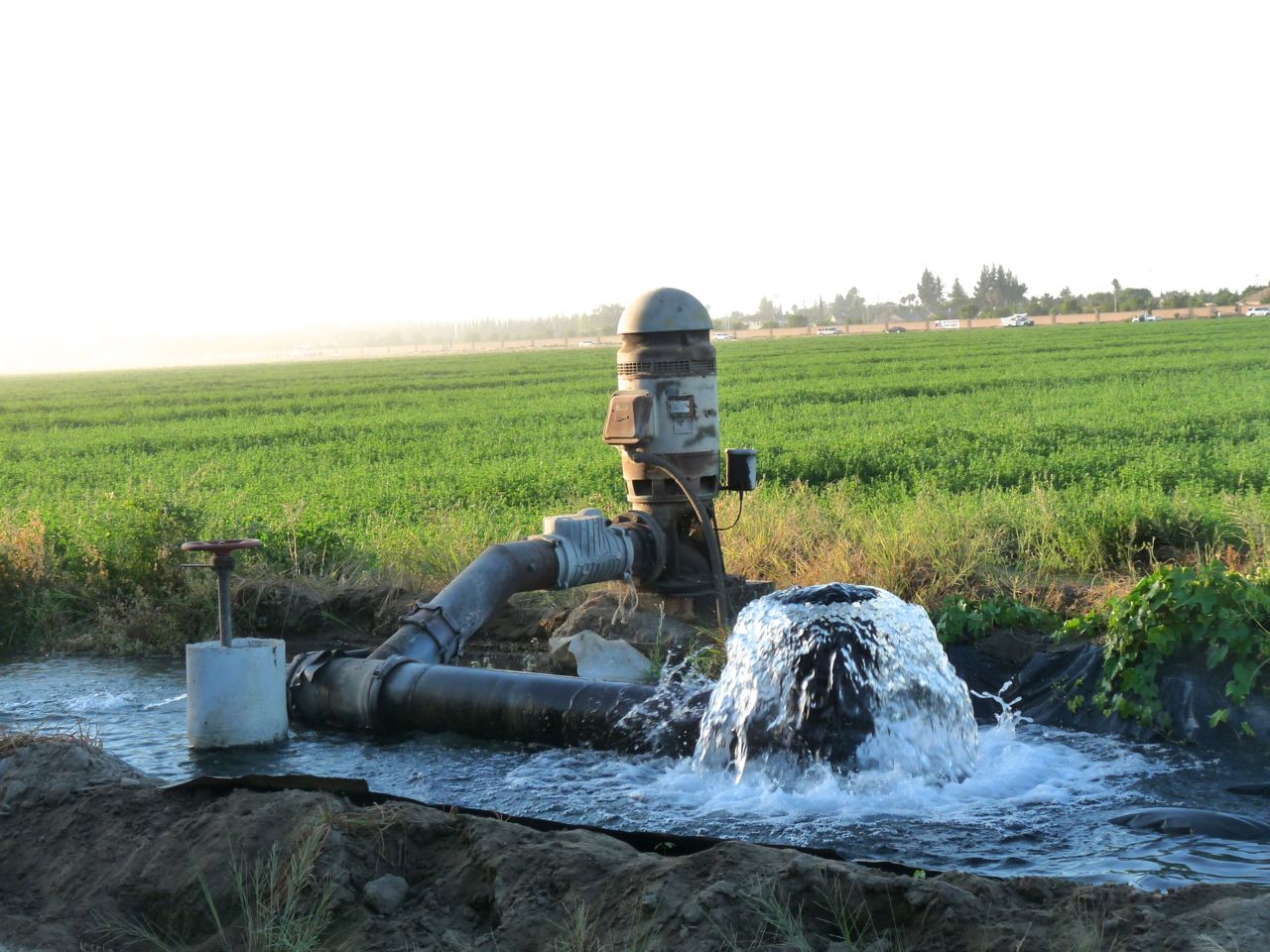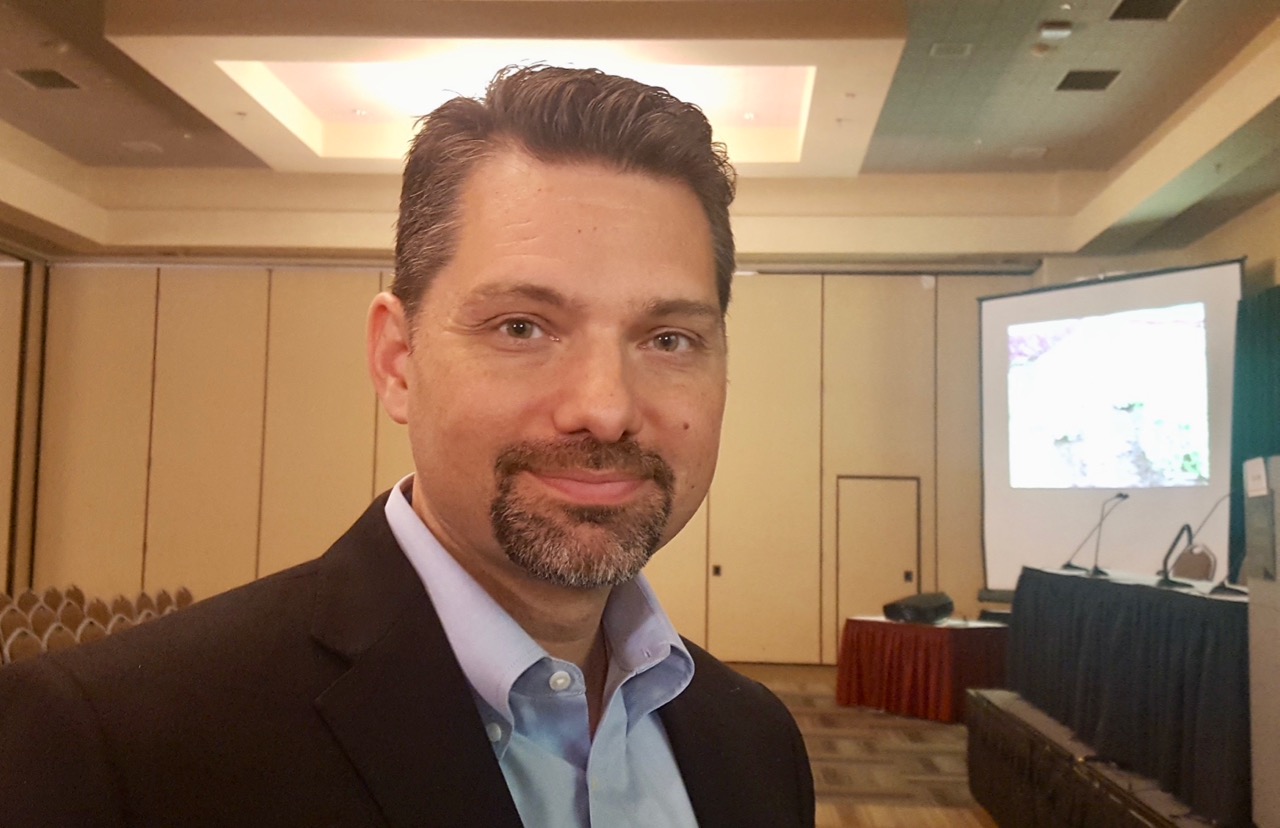More Water Storage is Critical
Doing Every Possible to Have Water Storage For Drought Years
By Patrick Cavanaugh, with the Ag Information Network
Save Water Resources Act, is written by Congressman Josh Harder representing the Modesto area. The Act will fund the construction or upgrades of several water storage areas such as Sites Reservoir, Del Puerto Canyon Reservoir, Los Vaqueros and San Luis Reservoirs and provides $100 million in storage funding.
It’s all about helping Californian’s including the farmers during drought. “That’s right. I mean, we know that we are having more and more extended droughts. We know the next one is around the corner and we know what we have to do in order to address it,” said Harder
“In order to make sure that we have a full, comprehensive approach to water and all of the above approaches that combined storage with recycling and groundwater recharge,” noted Harder
Harder said shipping all the water out to the ocean is not the way to go. “Instead of just shipping out water to the ocean, we can actually make sure that we can put it in these reservoirs such as Los Vaqueros, Sites and Del Puerto and that’s going to be really essential for the almond and walnut growers in the Central Valley,” Harder said.
“When you have tree crops, you have to have a reliable source of water. We can’t just be in a boom and bust cycle where you have water one year and not the next; maybe that works for row crops, but it doesn’t work very well for trees. And so these reservoirs are going to go a long way towards ensuring water, stability and water security for the long-term,” Harder said.

